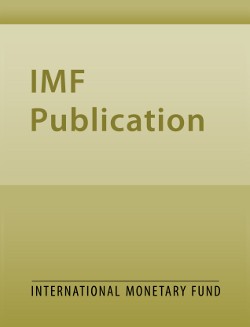
As You Sow So Shall You Reap: Public Investment Surges, Growth, and Debt Sustainability in Togo
Working Paper No. 12/127
This paper presents an analysis of the public investment scaling-up strategy for Togo using a dynamic macroeconomic model that explicitly analyzes the links between public investment, economic growth, and debt sustainability. In the model, public capital is productive and complementary to private capital, generating positive medium and long-run effects to increases in public investment. The model application indicates that a very large increase in public investment would have positive macroeconomic effects in the long-run, but would require unrealistic increases in the tax burden to cover recurrent costs and ensure debt sustainability. More modest increases in public investment would require more feasible increases in the tax burden, particularly if the efficiency of tax collection is improved. The model simulations also emphasize the importance of improvements in the efficiency of public investment to reap welfare gains. However, even if the macroeconomic implications of public investment scaling-up can be favorable in the long-run under certain assumptions on rates of return and efficiency of investment, the transition period is challenging and exposes the country to increased risk of unsustainable debt dynamics. The model was also used to assess the growth projections underlying the standard Excel-based debt sustainability analysis for Togo.
Publication date: May 2012
ISBN: 9781475503647
$18.00
Add to Cart by clicking price of the language and format you'd like to purchase
Available Languages and Formats
| Paperback | ||
| English |
Prices in red indicate formats that are not yet available but are forthcoming.
Topics covered in this book
This title contains information about the following subjects.
Click on a subject if you would like to see other titles with the same subjects.
Economics- Macroeconomics , Economics / General , International - Economics , Public Investment , Debt Sustainability , Developing Countries , Economic Growth , Economic Models , Infrastructure , Tax Burdens
Summary
Copyright © 2010 - 2025
Powered by:
AIDC



